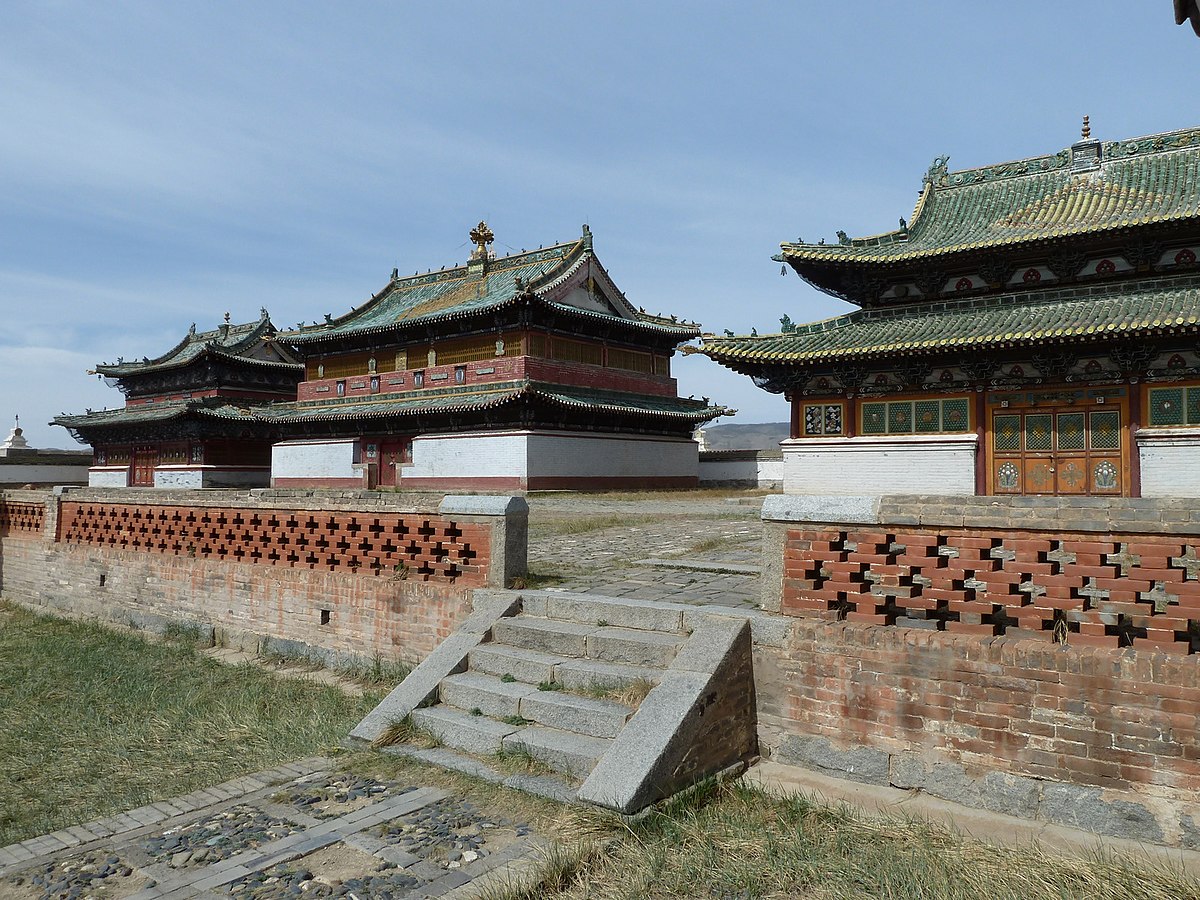he Mongolian language is the official language of Mongolia and is also spoken in certain regions of China (especially Inner Mongolia) and Russia. It belongs to the Mongolic language family, which is a branch of the larger Altaic language family, though the Altaic family’s existence is debated among linguists.
Here are some key points about the Mongolian language:
- Mongolian Script: Mongolian traditionally used the Mongolian script, which is a vertical script written from top to bottom, with columns running from left to right. The script has undergone several reforms, with the most recent one in the 1940s adopting the Cyrillic alphabet in Mongolia. However, in Inner Mongolia (China), the traditional Mongolian script is still used alongside the Cyrillic script.
- Cyrillic Alphabet: In Mongolia, the official writing system is the Cyrillic alphabet, introduced during the Mongolian People’s Republic in the mid-20th century. The Cyrillic Mongolian alphabet consists of 35 letters.
- Vowel Harmony: Mongolian has a vowel harmony system, where vowels in a word harmonize to be either front or back vowels. This feature is common in many Turkic and Mongolic languages.
- Nominal and Verbal Systems: Mongolian has a complex system of noun cases, and verbs agree with the subject in terms of person and number. The language has a subject-object-verb (SOV) word order.
- Loanwords: Due to historical interactions with neighboring cultures, Mongolian has borrowed vocabulary from various languages, including Chinese, Tibetan, and Russian.
- Dialects: There are several dialects of Mongolian, with the major ones being Khalkha, Chakhar, Ordos, Buryat, and Kalmyk. Khalkha is the basis for the standard Mongolian language spoken in Mongolia.
- Formal and Informal Speech: Mongolian exhibits a distinction between formal and informal speech, depending on factors such as social status and familiarity between speakers.
- Grammar: Mongolian grammar can be complex, with agglutinative features and a reliance on suffixes to indicate various grammatical features.
- Language Revitalization: Efforts have been made to revitalize and preserve the traditional Mongolian script, especially in education and cultural initiatives, to ensure the continuity of Mongolia’s linguistic heritage.
Learning Mongolian can be a rewarding experience for those interested in the rich history and culture of Mongolia. While English is increasingly spoken in urban areas, knowing Mongolian can enhance the experience of traveling through the country and engaging with its people.

















